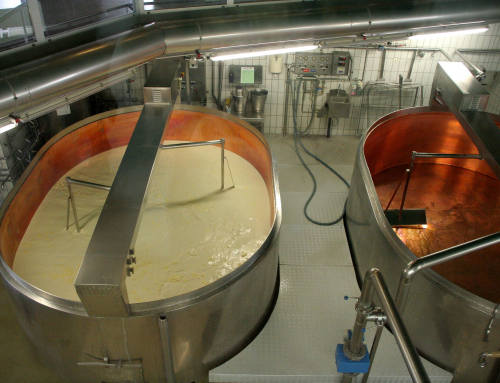In today’s global marketplace, the traditional linear view of supply chains as sequential processes is no longer sufficient. Modern supply chains are complex and interconnected, resembling intricate webs where disturbances in one area can have far-reaching consequences that ripple throughout the entire system. Events like the suez canal, the war in Ukraine, shortage of chips, even drought in some places and of course COVID-19, have exposed the ease with which disruptions occur and the limited understanding many organisations possess regarding their dependencies.
The complexity of supply chains
Companies now face critical questions:
- How to manage this system of suppliers, which might on top of its complexity, might be fast changing with unkonwns at certain sections?
- How to continue to deliver a service and stay operational whilst a supplier experiences a disruption?
Moving beyond supply chain management
Most companies view supply chain management as a separate discipline, standing by itself and trying to untangle the web to find an answer to the questions above. There are, however, other areas of expertise within organisations, that can support to not only manage supply webs, but to make them resilient, strenghtening threadas were possible, untangling were needed and building redundancy were necessary. The purpose of that area of expertise is not only to find single point of failure and identify risks of all kinds, but to mitigate impacts and reduce vulnerabilites.
This is where Business Continuity Management (BCM) comes into play. BCM encompasses a comprehensive set of strategies and practices designed to ensure the ongoing availability of critical resources, services, and operations during disruptive events. By integrating supply chain management into the broader framework under a holistic approach of BCM, organisations can proactively identify vulnerabilities, develop robust contingency plans, and establish resilient supply chains capable of withstanding unexpected disruptions. And being aware of impacts the omission service providers and suppliers can have.
Integrating Supply chain management into BCM
In having, and living, a BCM an organisation usually starts with a business impact analysis (BIA) which is the basis for the development of business continuity plans. Through the analysis, questioning and testing of hyposeses assumed the company can build strong relationships to suppliers, understanding their objectives and their capabilities to prevent and handle an event.
In short: a BCM allows for enhanced visibility of vulnerbility, requirements and expectations all the while strengthening collaboration. With mutually agreed-upon service-level agreements, redundancies put in place at suppliers or at least the own organisations awareness of the weaknesses of their supply chain, the supply web can be reinforced in such a way, that each strand either possesses the resilience themself to withstand unexpected challenges or there are other ways to reach the intended goal. By recognising the interconnectedness of their operations and suppliers, organisations can effectively navigate disruptions and ensure the continued delivery of services to their customers. A resilient supply chain built on a foundation of BCM practices not only mitigates risks but also creates a competitive advantage by instilling confidence in customers, investors, and other stakeholders.
Holistic approach towards organisational resilience
Ultimately, it is incremental to move away from siloed thinking and working, separating supply chain management and BCM. Instead, organisations must adopt a holistic approach, leveraging internal resources, and working towards the common goal of organisational resilience.







